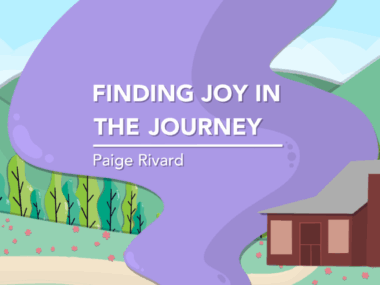Disgusting Food Scenes Evoke Abnormal Brain Responses in Patients with Prader-Willi Syndrome, Study Reports
Written by |

Disgusting food scenes failed to activate primitive limbic structures in the brains of people with Prader-Willi syndrome (PWS), but cortical responses — where conscious sensations are processed — were almost normal, a study reports.
The study, “Lack of Response to Disgusting Food in the Hypothalamus and Related Structures in Prader Willi Syndrome,” was published in the journal NeuroImage: Clinical.
PWS patients experience a strong desire to eat food, with a tendency to overeat (hyperphagia). According to the researchers, “specific eating behaviors include consuming products commonly considered as unappealing or inedible,” suggesting that PWS patients’ uncontrollable appetites for these items “could partly result from the inadequate responding to disgust-evoking stimuli in brain systems regulating feeding.”
To test this hypothesis, the researchers in Spain assessed the brain responses of 21 PWS patients (mean age was 27.8 years, with a mean body mass index of 30.5) to images of disgusting food.
Results were compared with those from 30 healthy, normal-weight individuals (age- and sex-matched controls), and a third group of 28 BMI-matched control subjects — to exclude the possibility that the findings were associated with obesity, rather than with PWS.
Sixty minutes after eating a standard meal, participants were fitted with high resolution goggles and shown a six-minute color movie of appetizing food-related scenes interspersed with disgusting food scenes — namely decaying food, maggots and cockroaches in food, and people eating live worms. Each scene lasted eight to 10 seconds.
While watching the movie, the brains of all participants were assessed through functional magnetic resonance images (fMRI), a tool that measures neuronal activity by detecting changes associated with blood flow, allowing scientists to make brain activation maps.
Participants were asked to rate their feeling of hunger immediately before the fMRI scan, and the intensity (on a scale of 0 to 100) of their disgust during the fMRI experiment.
Results showed that PWS patients reported significantly stronger feelings of hunger before the experiment began, compared with the control groups, despite the fact that all participants ate the same standard meal 60 minutes earlier.
Self-reported disgust ratings in PWS patients showed moderate-to-high disgust at a level similar to that reported by control subjects.
The fMRI scans showed that the response to disgusting food images in the brain cortex of PWS patients was qualitatively similar, although less extensive, to that of control subjects. The brain cortex is the thin layer that covers the outer portion of the cerebrum, and is responsible for conscious perception and experience, and for higher thought processes.
However, activation of limbic structures — such as the hypothalamus, amygdala/hippocampus, and periaqueductal gray structures — was primarily seen in control subjects, and was nearly absent in the PWS group. The limbic system is often referred to as the “emotional brain,” and controls many of our emotions and motivations, particularly those that are related to survival.
Therefore, the pattern of brain activation in PWS patients was restricted to the cerebral cortex, suggesting that PWS patients are to some extent capable of processing disgusting stimuli at the cortical, conscious level, but that their limbic brain system is insensitive to this sort of stimulation.
The team concluded that PWS patients can identify disgusting food at a conscious level, similar to control subjects, but that their more basic, instinctive brain systems governing appetite control are defective.
“PWS patients consciously process disgusting stimuli, but the virtual absence of response in deep, limbic structures suggests that disgusting signals do not adequately reach the primary brain system for the appetite control,” the researchers wrote.
The patients’ compulsion to eat was so overwhelming that, if left unsupervised, they may endanger themselves by eating harmful items, such as spoiled or decayed food, said the researchers, who also recommended therapeutic interventions for these patients to promote “learned aversive responses” to disgusting food stimuli.





